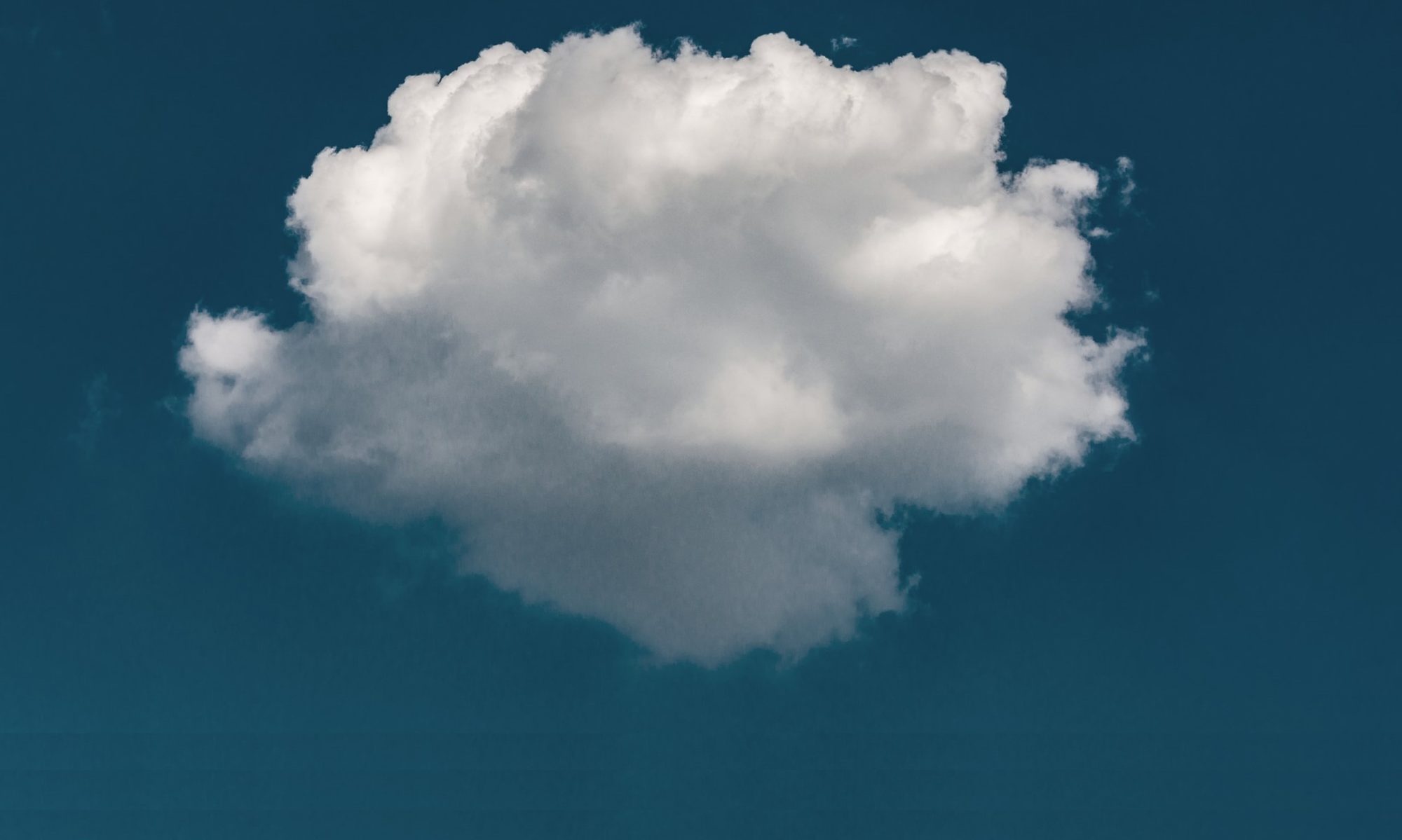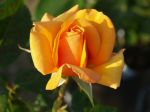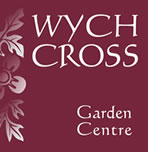 I have been attending some of the workshops we provide at the Business & IP Centre. I think it is good to sample one’s own products from time to time. Rupert Lee’s workshop on Science & Technology Information for Business provided some unexpected information. For instance I didn’t know there was a British Standard for a cup of tea (BS 6008 to the cognoscenti). I suppose it is the logical result of something the British do best, tea and bureaucracy.
I have been attending some of the workshops we provide at the Business & IP Centre. I think it is good to sample one’s own products from time to time. Rupert Lee’s workshop on Science & Technology Information for Business provided some unexpected information. For instance I didn’t know there was a British Standard for a cup of tea (BS 6008 to the cognoscenti). I suppose it is the logical result of something the British do best, tea and bureaucracy.
However, more usefully I did learn that standards are a useful source of business information which is often overlooked.
If you are really keen you can read all 11 pages of report from the British Standards Institution
1 Scope and field of application
This International Standard specifies a method for
the preparation of a liquor of tea for use in sensory
tests, by means of infusing the leaf.
2 Definitions
For the purpose of this International Standard, the
following definitions apply.
2.1 liquor
the solution prepared by extraction of soluble
substances from dried tea leaf, under the conditions
described
2.2 infused leaf
tea leaf from which liquor has been prepared
NOTE In the tea trade in the United Kingdom, the term
“infusion” is used with the meaning of 2.2, but, to avoid confusion
with the more general usage of this word, the expression “infused
leaf” has been used.
3 Reference
ISO 1839, Tea — Sampling.
4 Principle
Extraction of soluble substances in dried tea leaf,
contained in a porcelain or earthenware pot, by
means of freshly boiling water, pouring of the liquor
into a white porcelain or earthenware bowl,
examination of the organoleptic properties of the
infused leaf, and of the liquor with or without milk
or both.
5 Apparatus
5.1 Pot, of white porcelain or glazed earthenware,
with its edge partly serrated (see Figure) and
provided with a lid, the skirt of which fits loosely
inside the pot.
5.2 Bowl, of white porcelain or glazed earthenware.
NOTE Various sizes of pot and bowl can be used, but it is
recommended that one of the two sizes shown in the annex, and
depicted in the figure, be adopted.
6 Sampling
See ISO 1839.
7 Procedure
7.1 Test portion
Weigh, to an accuracy of ± 2 %, a mass of tea
corresponding to 2 g of tea per 100 ml of liquor
(i.e. 5,6 ± 0,1 g of tea for the large pot or 2,8 ± 0,05 g
for the small pot described in the Annex) and
transfer it to the pot (5.1).
7.2 Preparation of liquor
7.2.1 Preparation without milk
Fill the pot containing the tea with freshly boiling
water1) to within 4 to 6 mm of the brim
(i.e. corresponding approximately to 285 ml in the
case of the large pot and 140 ml in the case of the
small pot described in the Annex) and put on the lid.
Allow the tea to brew for 6 min, and then, holding
the lid in place so that the infused leaf is held back,
pour the liquid through the serrations into the
bowl (5.2) corresponding to the pot selected. Remove
and invert the lid, transfer the infused leaf to it and
place the inverted lid on the empty pot to allow the
infused leaf to be inspected. In the case of fine,
powdery dust grades, special care should be taken
and a sieve may be required.
7.2.2 Preparation with milk
Pour milk free from any off-flavour (for example raw
milk or unboiled pasteurized milk) into the
bowl (5.2), using approximately 5 ml for the large
bowl and 2,5 ml for the small bowl described in the
Annex.
Prepare the liquor as described in 7.2.1 but pour it
into the bowl after the milk, in order to avoid
scalding the milk, unless this procedure is contrary
to the normal practice in the organization
concerned.
If the milk is added afterwards, experience has
shown that the best results are obtained when the
temperature of the liquor is in the range 65 to 80 °C
when the milk is added.
While addition of milk is not essential, it sometimes
helps to accentuate differences in flavour and
colour.

 I have been a fan of
I have been a fan of 


 I have been attending some of the
I have been attending some of the 